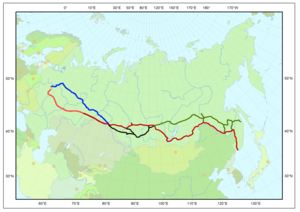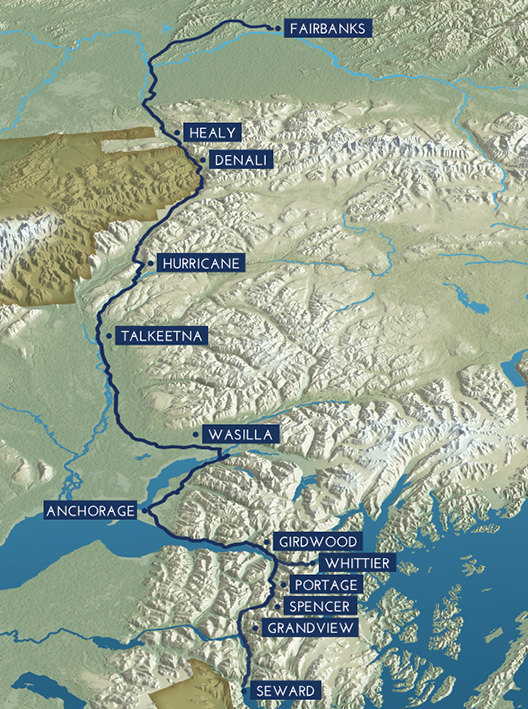Braden Anderson
Banned
One of the factors most critical to the success of White Russia and the Allies during the Russian civil war was control over the Trans-Siberian Railway. What if there was already a dual-gauge bridge connecting this rail system, along with the Chinese-Manchurian Railway, to rail networks in the US and Canada?
Obviously this probably isn't a big enough divergence to result in an all out white victory, but is it out of the question that Russia would be de-facto partitioned? I doubt the Soviets would sign an official peace agreement, but is it out of the question that Siberia could stay independent and be recognized by the League of Nations?
I'd love to hear y'all's thoughts on this. Also:
Possible PODs:
Obviously this probably isn't a big enough divergence to result in an all out white victory, but is it out of the question that Russia would be de-facto partitioned? I doubt the Soviets would sign an official peace agreement, but is it out of the question that Siberia could stay independent and be recognized by the League of Nations?
I'd love to hear y'all's thoughts on this. Also:
- If the Whites maintain control over Eastern Russia, would the Reds still break their alliance with the Blacks? Will Mahknovia survive?
- What impact will this have on the Polish-Soviet War? Will the League of Nations and western governments still pressure Poland to accept the Soviet peace offer, or will they show no mercy?
- With a rail connection to the US, does Roman von Ungern-Sternberg have better luck than in OTL? What does this mean for Mongolia?
- Will the US and Japan butt heads after the war for influence over Siberia? I'm sure the US would accept them taking North Sakhalin, but what if they want a Siberian client state? (Like Transamur in Kaiserreich?)
- Would there be any chance of Siberia asking to join the United States? Would there be a movement either in Siberia or the US supporting annexation?
- With so much more infrastructure, strategic value, and population than in OTL, does Alaska gain statehood earlier? Is oil discovered there earlier?
- If oil is discovered, would this (along with the bridge and a friendly Siberia) make the US a major energy supplier in eastern Asia? How does this affect US-Japanese relations going forward? (AFAIK Japan had chronic shortages of oil in OTL WW2)
- How else does this affect the world?
Possible PODs:
- Joseph Strauss's offer is initially accepted by the Russian Empire in 1892
- Russo-Japanese war either doesn't happen or has an alternate outcome, resulting in a stronger Russian Empire with more money to spend on infrastructure
- Shabad & Motes' proposal is accepted in 1907
- The American government builds the bridge, or works with Russia to do so in a plan not proposed in OTL





